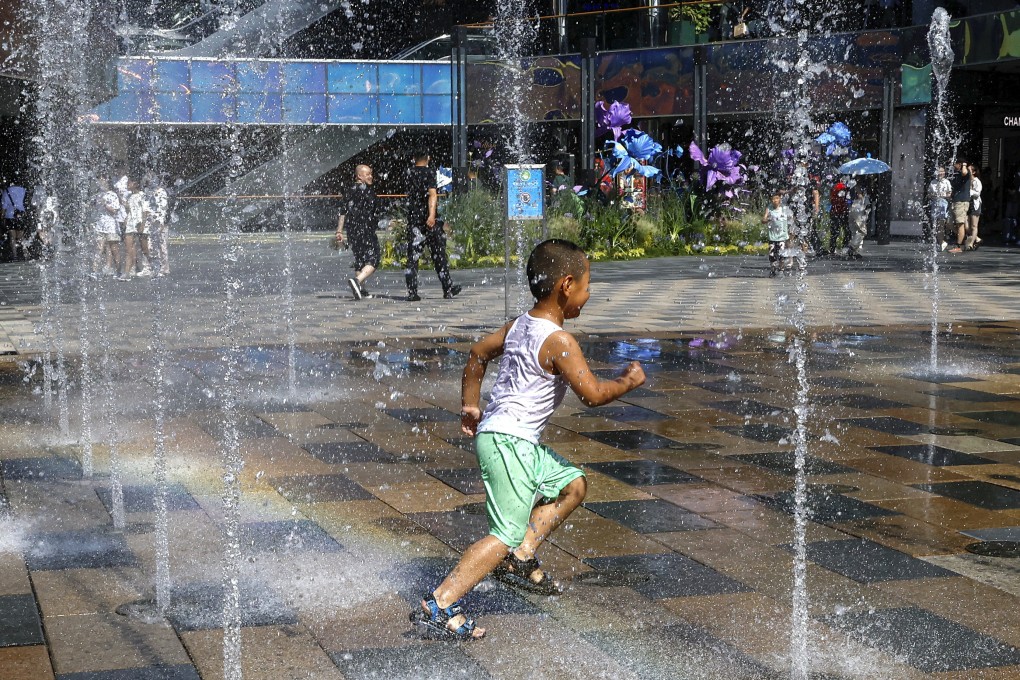Advertisement
Northern China on red alert as record temperatures bake Beijing
- Authorities issued the highest-level heat warning for the first time in nine years as temperatures soar past 40 degrees Celsius
- Three-day heatwave plays havoc with tourists’ plans during the annual Dragon Boat Festival holiday
Reading Time:2 minutes
Why you can trust SCMP

For the first time in nine years, Beijing has been put on the highest-level heat alert, as the temperature topped 41 degrees Celsius (105 Fahrenheit) in the Chinese capital.
The Beijing Meteorological Service issued the red alert – the highest in the three-tier system – on Friday morning.
This was the first time that temperatures of more than 40 degrees were recorded over two consecutive days since an observatory went into service in 1951, said representatives from the China Meteorological Administration (CMA) said on Friday afternoon.
Advertisement
The service recorded 41 degrees at nearly half of the 556 monitoring sites across the city, with the highest reading at 41.1 degrees on Thursday, breaking a record 40.6 degrees set in 1961.
Forecasters expected the high temperatures to last for at least three days.
Red alerts have also been issued in neighbouring Hebei province, where temperatures were forecast to hover from 37 to 39 degrees across most of the province. However, major cities like Shijiazhuang, Xiongan New Area and Xingtai could see high temperatures of 42 degrees.
Advertisement
Advertisement
Select Voice
Choose your listening speed
Get through articles 2x faster
1.25x
250 WPM
Slow
Average
Fast
1.25x
